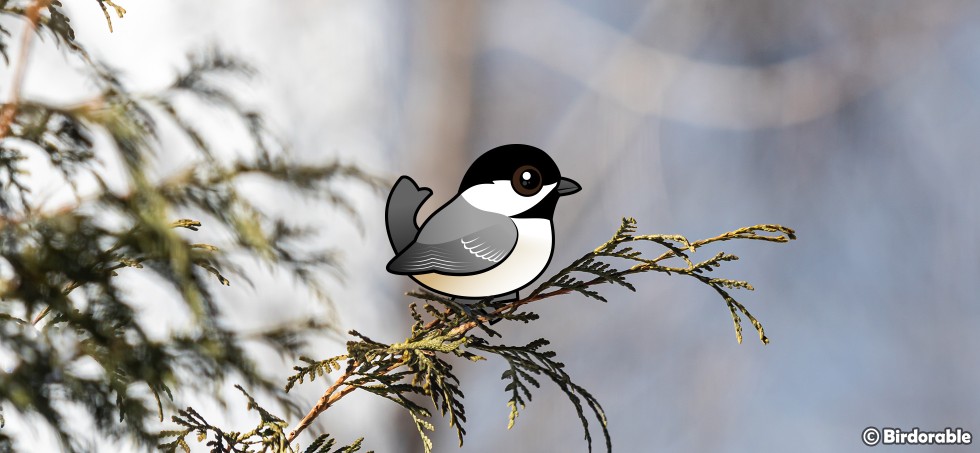How Many Dees Would a Chickadee Dee?

The Black-capped Chickadee is a small, inquisitive bird, a familiar sight and sound in the northern half of North America, where it is a year-round resident. This bird has won over many with its boldness and pizzazz, especially considering its diminutive size. Often seen flitting about in mixed flocks alongside nuthatches, creepers, and woodpeckers, the Black-capped Chickadee is a dynamic addition to any backyard feeder, bringing life and energy to the garden tableau.
One of the most endearing qualities of the Black-capped Chickadee is its distinctive vocalizations. With a variety of calls, the most famous is undoubtedly the iconic "chickadee-dee-dee." This call is not just a random string of notes but serves a critical purpose in chickadee communication. Intriguingly, the number of "dees" can indicate the level of threat the bird perceives. More "dees" typically means a higher level of alarm, a fascinating example of the complexity within bird communication.
For avid bird lovers and casual observers alike, the challenge of decoding the Black-capped Chickadee’s alarm call can be quite engaging. Listening closely and counting the "dees" can provide a glimpse into the chickadee’s world and its perception of the environment.
If you haven't had the chance to experience this firsthand, or if the quick pace of the chickadee's chatter proves too challenging to count in the moment, recordings can be a valuable tool. Playing a recording of the Black-capped Chickadee’s call can not only assist you in becoming familiar with the call itself but also in honing your ability to discern the subtle differences in the number of "dees," enhancing your bird-listening skills.
Try to count the number of "dees" you hear, next time a Chickadee is near! Or give it a try with this recording:
So next time a Black-capped Chickadee visits your feeder or you hear the familiar "chickadee-dee-dee," take a moment to appreciate this small bird's big character and maybe try to count the "dees".
Birdorable offers a range of Black-capped Chickadee-themed items that capture the essence of this cheerful bird in a fun, stylized form. From t-shirts to other gifts, these items are perfect for anyone who has been charmed by the chickadee’s cheeky demeanor and wants to carry a little piece of that joy with them.

Black-capped Chickadee by Colin Durfee (CC BY 2.0 DEED)













Comments
Leave a comment
Thank you!